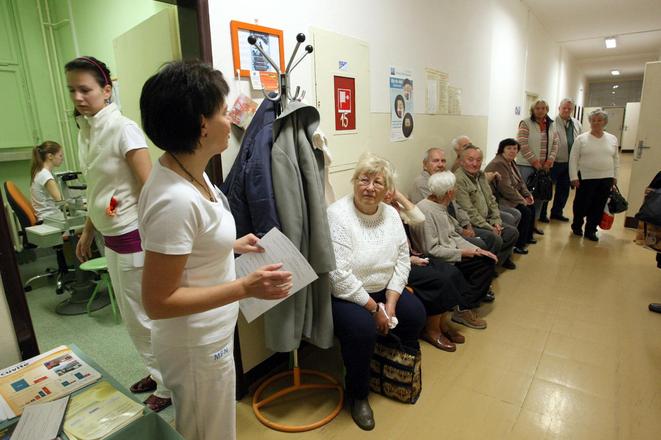Patients can use more than 260,000 mobile applications informing them about their health conditions, while about 70 percent of patients groups across the globe use at least one app. This stems from the recent study carried out by the company, Deloitte.
“Most members of the approached patient groups, who attended the survey, use at least one health application,” said Ľubica Dumitrescu, partner at Deloitte who is responsible for services in the health, pharmaceutical and bio-technological industries, as quoted by the TASR newswire.
Nearly one-third of these patients use the mobile app regularly, one one-quarter use it occasionally, she added.
The study suggests that about 76 percent of patient groups said the patients have a great or certain trust in the applications created by the groups, while 32 percent said they trust the applications created by pharmaceutical companies.
“Moreover, 83 percent of patient groups claimed their members would be willing to share the personal data from their applications with specialists or primary care doctors, while only 30 percent said they would be willing to share this data with a pharmaceutical company,” Dumitrescu said.
The study also showed the number of “connected” patients is increasing. While in the United Kingdom 81 percent of patient organisations are using the medical mobile apps, in the USA it is 77 percent and in the whole world it is 44 percent. Of the surveyed sample of 190 patient groups, 65 percent have access to smartphone applications.
Only a few applications were developed by the pharmaceutical companies. Their number tripled in the past three years from 305 in 2013 to 988 in 2016. The annual increase in downloading these apps, however, slowed down from 197 percent in 2013 and 2014 to 5 percent in 2015 and 2016, TASR reported.



 Illustrative stock photo (source: Sme)
Illustrative stock photo (source: Sme)